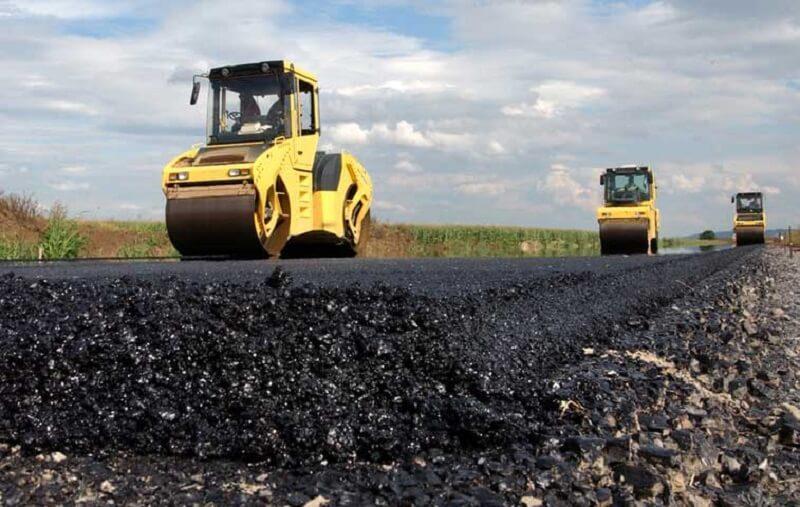Notifications

4 minutes, 33 seconds
-157 Views 0 Comments 0 Likes 0 Reviews

Installing an asphalt driveway is a popular and practical choice for homeowners looking to enhance their property’s curb appeal and functionality. Asphalt, known for its durability, cost-effectiveness, and clean appearance, remains one of the most commonly used materials for residential driveways. This article provides a step-by-step overview of the asphalt driveway installation process, what to expect, and how to ensure the best results.
Why Choose Asphalt?
Asphalt is a preferred driveway material due to its affordability, quick installation time, and flexibility. It performs well in various climates, especially in regions with freezing and thawing cycles asphalt driveway installation, because it is less likely to crack compared to concrete. Additionally, when properly maintained, an asphalt driveway can last 15 to 20 years or more.
Site Preparation
The first step in asphalt driveway installation is site preparation. This includes clearing the area of vegetation, rocks, and any existing pavement. The site must be excavated to the proper depth—typically 8 to 12 inches, depending on soil conditions and expected traffic load.
A strong subgrade is essential asphalt driveway installation. If the soil is unstable, it may need to be compacted or replaced with more suitable material. Geotextile fabric may also be used to prevent soil migration and improve longevity.
Installing the Base Layer
Once the site is prepped, a base layer of crushed stone or gravel is spread and compacted. This layer provides structural support and aids in drainage asphalt driveway installation. A typical base layer is about 4 to 6 inches thick and must be leveled and compacted using heavy equipment like a roller or plate compactor.
Proper drainage is critical at this stage. The base must have a slight slope to allow water to flow away from the driveway and avoid pooling that can damage the pavement over time.
Laying the Asphalt
After the base is compacted and leveled, hot mix asphalt is delivered and poured onto the surface. This mixture, consisting of sand, aggregates asphalt driveway installation, and bitumen, is laid to a thickness of 2 to 3 inches for residential driveways. While still hot, it is spread evenly and compacted using a heavy roller to ensure a smooth and dense surface.
The edges are often hand-tamped to create a clean, finished look and improve durability. Transitions to sidewalks or roads are carefully shaped for a seamless connection.
Curing and Final Touches
Although asphalt cools quickly, it requires time to fully cure. While it can usually be driven on within 24 to 48 hours, it's best to wait at least 72 hours before heavy use. Complete curing can take several weeks, during which time it's important to avoid sharp objects, heavy loads asphalt driveway installation, or parking in the same spot for extended periods.
Sealing is not necessary immediately, but applying a sealcoat after six months to a year can protect the surface from oxidation, water, and chemicals, thereby extending its lifespan.
Conclusion
An asphalt driveway installation is a smart investment for any homeowner seeking a strong, attractive, and cost-effective paving solution. From proper site preparation to final sealing, each step in the installation process plays a critical role in the driveway’s performance and durability. Hiring an experienced contractor and ensuring proper maintenance can result in a smooth, long-lasting surface that adds both value and beauty to your home.

